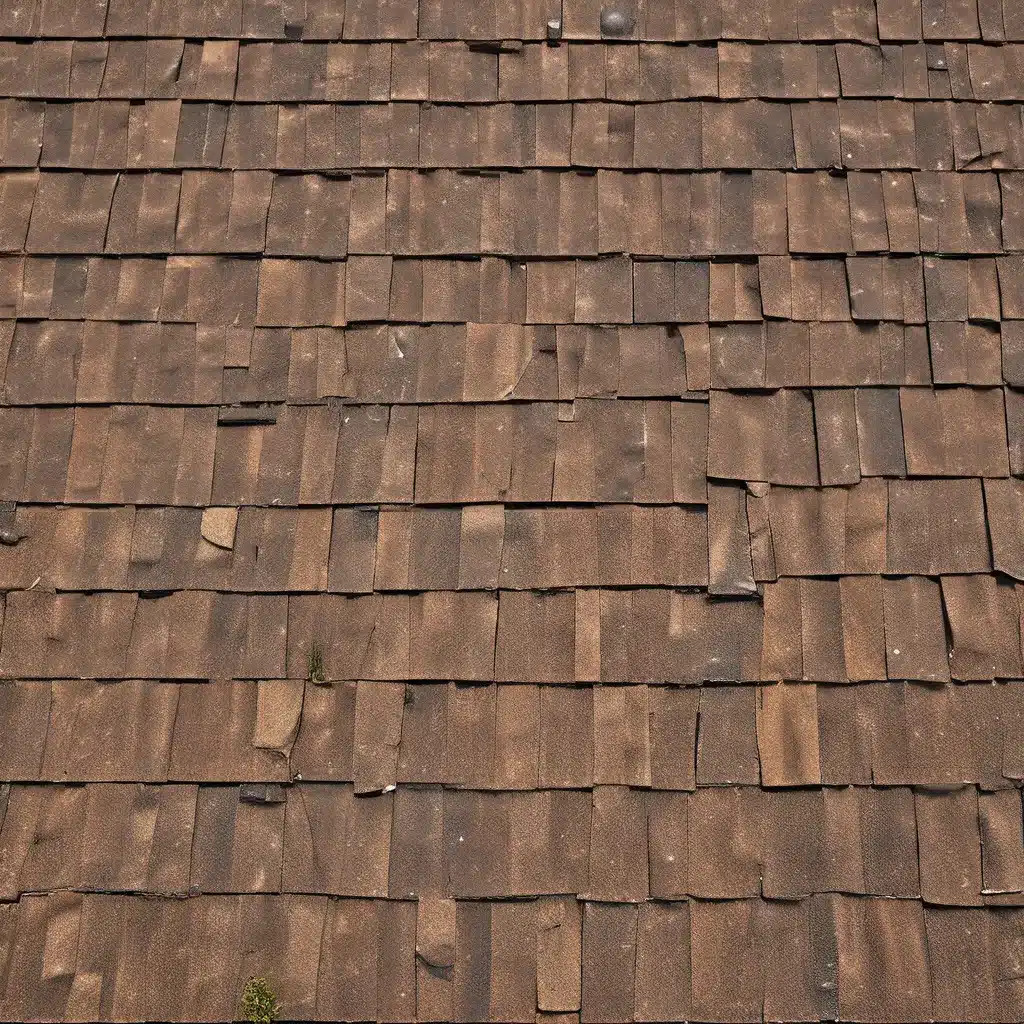
As a homeowner, the thought of a natural disaster striking and ravaging your home can be downright terrifying. Trust me, I’ve been there. I’ll never forget the sheer panic I felt when the first hurricane warnings started rolling in a few years back. My mind immediately raced to visions of my roof being ripped clean off, with water pouring in and destroying everything I’d worked so hard to build.
Thankfully, I was able to take some proactive steps to safeguard my home and minimize the impact of that storm. But let me tell you, it wasn’t easy, and I learned a lot of hard lessons along the way. That’s why I’m here to share my experiences and equip you with the knowledge you need to weatherproof your roof and protect your most valuable investment – your home.
Assessing Your Roof’s Vulnerabilities
The first step in preparing your roof for a natural disaster is understanding its weaknesses. After all, you can’t fix a problem if you don’t know what it is. Take a close look at your roof and look for any signs of wear and tear, such as cracked or missing shingles, loose flashing, or areas where the sealant has deteriorated.
According to FEMA, one of the most common and devastating roof failures during a hurricane is the loss of roof shingles or tiles. This can create openings for wind and water to infiltrate your home, leading to further damage.
Another vulnerable area to watch out for is the roof-to-wall connection. If this connection isn’t properly secured, high winds can literally lift the roof right off the walls. Yikes! Performing a thorough inspection, both inside and out, can help you identify these weak spots so you can address them before the next big storm hits.
Fortifying Your Roof Against Extreme Weather
Now that you’ve pinpointed your roof’s vulnerabilities, it’s time to get to work strengthening it. The good news is, there are several proven strategies you can employ to harden your roof and give it a fighting chance against Mother Nature’s fury.
One of the most effective methods is to reinforce the roof-to-wall connection. This can involve installing additional fasteners, brackets, or straps to securely anchor the roof to the home’s frame. Studies have shown that properly reinforcing this critical connection can reduce the risk of roof failure by up to 50%.
Another smart move is to upgrade your roof covering. Investing in impact-resistant shingles or tiles can make a world of difference when the winds start howling. These specialized roofing materials are designed to withstand the punishing forces of flying debris and high-velocity winds.
But wait, there’s more! You can also consider adding roof shutters or protective panels to your home. These physical barriers can help shield your roof from the full brunt of a storm, deflecting flying objects and reducing the risk of catastrophic damage.
And let’s not forget about that often-overlooked but oh-so-important item: roof ventilation. Proper ventilation not only helps regulate your home’s temperature, but it can also prevent the buildup of internal pressure during a storm, reducing the chances of your roof being lifted off.
Developing a Comprehensive Disaster Preparedness Plan
Protecting your roof is just one piece of the puzzle when it comes to safeguarding your home against natural disasters. To truly be prepared, you’ll need to take a holistic approach and create a comprehensive disaster preparedness plan.
This starts with protecting your personal documents and special items. Make sure to store important paperwork, family photos, and irreplaceable keepsakes in a secure, waterproof container. That way, even if the worst happens, you’ll have peace of mind knowing your most cherished possessions are safe.
Next, it’s time to build your disaster evacuation kit. This should include essential supplies like non-perishable food, water, medications, first-aid kits, and emergency communication devices. As the Texas General Land Office (GLO) recommends, it’s also a good idea to have a plan for where you’ll go and how you’ll get there if you need to evacuate.
Of course, no disaster preparedness plan would be complete without flood insurance. Even if you don’t live in a designated flood zone, the risk of flooding during a major storm is very real. Having the right coverage can provide a crucial financial safety net if the unthinkable happens.
And let’s not forget about flood-proofing your home. This can involve installing sump pumps, elevating utilities, or adding barriers to prevent water from seeping in. Taking these proactive steps can significantly reduce the potential for water damage and make the post-storm cleanup process a whole lot easier.
The Importance of Staying Vigilant and Informed
As a homeowner, preparing for natural disasters is an ongoing process, not a one-time event. It’s crucial to stay vigilant and keep a close eye on the weather forecasts, especially during peak storm seasons. The more informed you are, the better equipped you’ll be to make critical decisions and take swift action when needed.
The team at Southern Roofing Co. is always here to help you stay ahead of the storm. Whether it’s conducting a thorough roof inspection, guiding you through the latest weatherproofing techniques, or assisting with your disaster preparedness plan, we’re committed to ensuring your home is ready to withstand even the fiercest natural calamities.
Remember, no one is immune to the devastating effects of natural disasters, but with the right preparations and proactive measures, you can significantly increase your chances of weathering the storm. So don’t wait until it’s too late – start fortifying your roof and your home today. Your future self will thank you.